If you think the art world is a happy la-la land where unicorns, free-spirited people run free with rainbows in the sky, I’m sorry, but I have a rude awakening in store for you. Coco Fusco’s gripping essay in Hyperallergic* reveals the very structure in the art world that enables sexual harassment, oppression, and abuse and starts as early as college.
Luckily, I didn’t have that experience at my university. However, during the lectures, female artists come along somewhat around 10 percent of the time. I try to cover female artists at least half the time, so I needed to make use of Google to find these female artists. Googling brought me to Ana Mendieta, a Cuba born polymath (performance artist, photographer, sculptor, painter and video artist) who was dislocated from her family. She was sent into exile in the US with her sister in the early 60’s as a result of her dad’s rebellious ties against the Castro regime. Violence, feminism, and nature seem to be the most frequently occurring themes and she didn’t hold back.
One of her most captivating works is her 1973 Untitled (Rape Scene) which is a brutal picture of her staging her own rape, performed in her college apartment. Students could walk into her room to find Mendieta smeared with chicken blood, her pants stripped to the floor and tied to a table. Why you ask? She stated: ‘I think all my work has been like that – a personal response to a situation … I can’t see being theoretical about an issue like that.’** and ‘a reaction against the idea of violence against women’*** The situation she is referring to is the cruel rape and murder of a barely 20-year-old nursing student Sarah Ottens at Mendieta’s university that year. With this act, she draws attention to the incident, sparks conversation and will probably provoke uncomfortable feelings. Perhaps it makes the issue of abuse and rape feasible instead of being a far-flung incident.
For me, her work is a successful combination beauty, mystique and, provocation. With her works, she can take you on her journey exploring her bond to nature, dealing with displacement and female oppression. I am especially a fan of her self-portraits in nature. They are a bit magical and raises questions such as why is she butt naked laying in nature? Well, it’s because she is inspecting the human connection to the natural world. And it is actually more personal than that since she stated: “I have been carrying out a dialogue between the landscape and the female body. Having been torn from my homeland (Cuba) during my adolescence, I am overwhelmed by the feeling of having been cast from the womb (Nature). My art is the way I reestablish the bonds that unite me to the Universe. It is a return to the maternal source.”
With a heavy heart, I have to write this piece in the past tense. At age 36, she was found dead on the roof of a deli, 33 floors below the Greenwich Village apartment she shared with her husband the famous minimalist artist Carl Andre. According to him she “somehow gone out the window.” If it was an accident or murder remains a mystery today and divided the art world at the time. The stories Andre told afterward were inconsistent. First, he said was in the room when it happened, then he was not. According to the New York Times, a doorman working nearby testified that he had heard her scream: ”No! No! No!” just before her body hit the roof. Andre was arrested and charged with murder but acquitted because ‘The defendant’s guilt was not proven beyond a reasonable doubt.”
Whatever happened, I am surprised by the state of affairs right now. Okay, her work was part of the Hammar museum’s Radical Women: Latin American Art, 1960–1985. Since recently (I believe) four of her works are on view at the Tate Modern but only after the activist group, WHEREISANAMENDIETA was initiated. They heavily protested the inclusion of Andre’s work (two of his works are still on view) and exclusion of Mendieta’s work when the museum’s extension opened in 2016. I also think – since the Tate already has the piece below by the Guerilla Girls on a long-term loan – they have some space to put this work up next to their other works. Both times Carl Andre (in Berlin and L.A.) had a retrospective, it was met with widespread protests. The Museum of Modern Art in New York has Mendieta’s least provoking work in the collection and it’s not on view. With everything that is happening in the world right now, I think it’s time for a widely researched retrospective at a major museum. Just sign me up.
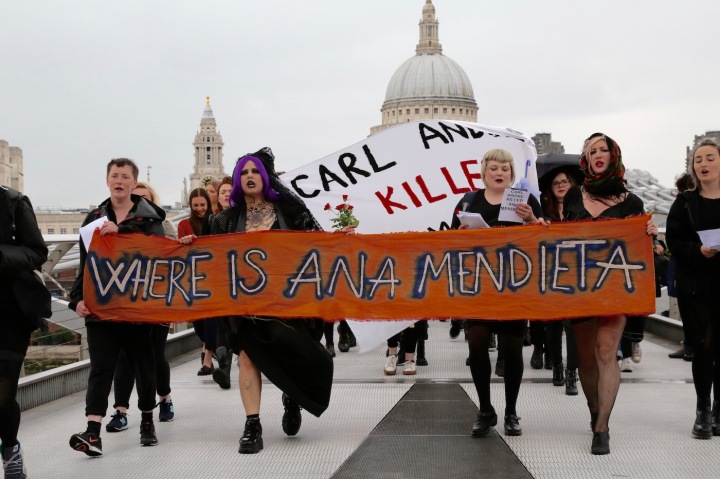
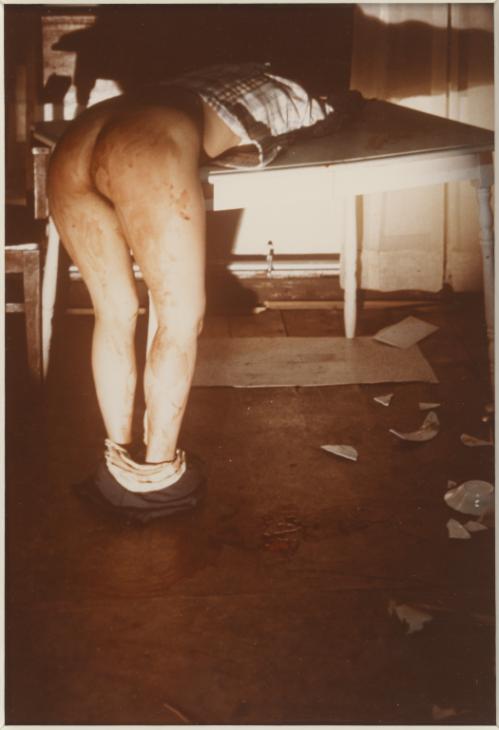
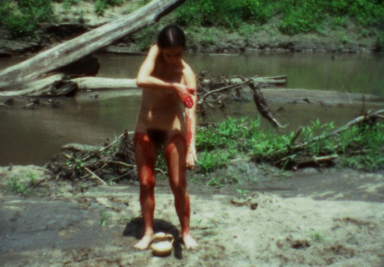
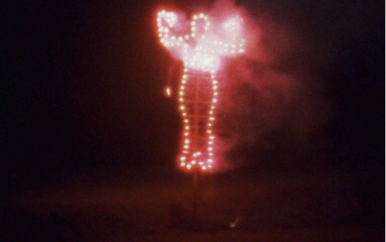

Courtesy Galerie Lelong, New York and Paris and Alison Jacques Gallery, London

Readings:
*November 14, 2017
https://hyperallergic.com/411343/how-the-art-world-and-art-schools-are-ripe-for-sexual-abuse/
**Ana Mendieta, exhibition catalog, Centro Galego de Arte Contemporánea, Santiago de Compostela, Kunsthalle Düsseldorf and Fundació Antoni Tàpies, Barcelona 1996.
***Olga M Viso, Ana Mendieta: Earth Body, Sculpture and Performance 1972–1985, exhibition catalog, Hirshhorn Museum and Sculpture Garden, Smithsonian Institution, Washington DC 2004.
New York Times coverage of the verdict here.

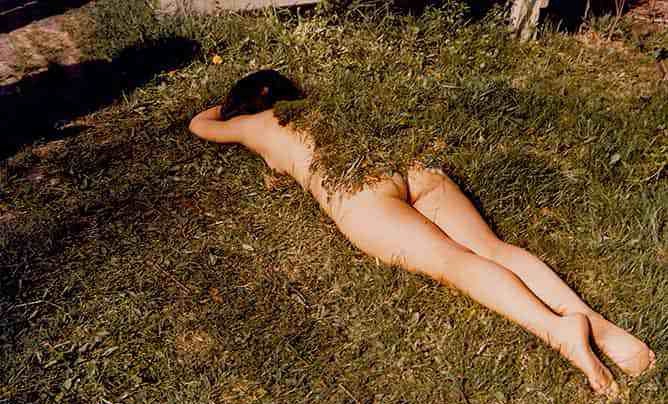
well done!
LikeLike